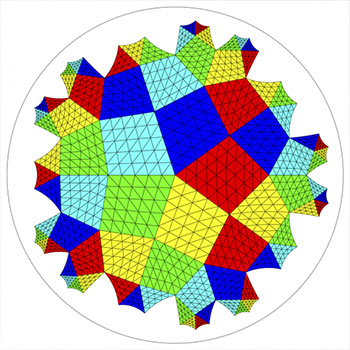What is the Intermolecular force of nh3? Thank you
1 Answer
London dispersion and hydrogen bonds.
Explanation:
Every molecule experiences london dispersion as an intermolecular force. Since the ammonia ion has hydrogen atoms bonded to nitrogen, a very electronegative atom, the molecule is also polar since the nitrogen atom more strongly pulls on the electrons from the hydrogen atoms than the hydrogens themselves do.
This effect is similar to that of water, where the oxygen pulls the electrons of the hydrogen atoms with a greater magnitude, resulting in the oxygen having a partial negative charge and the hydrogens having a partial positive charge relative to each other.
This polarity shows that the molecule has dipole-dipole intermolecular forces but since the polarity is from a result of highly electronegative atoms (such as nitrogen, oxygen, fluorine) and hydrogen atoms actually bonded to them, the polarity is categorized in its own intermolecular force called a hydrogen bond.


